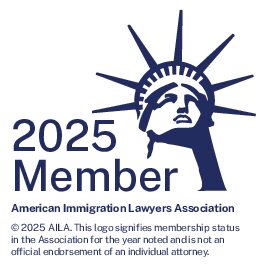United States Citizenship and Immigration Services (USCIS) has offered an online preview of their new ‘transformational’ interactive system for immigrants and representatives, dubbed ELIS, or the USCIS Electronic Immigration System. The system is designed to streamline the application process for immigration benefits by increasing security, accuracy and consistency in adjudications within a contained electronic universe accessible through the internet. You can take a video tour of a prototype of the new system here.
When made publicly available, ELIS will initially only support applications to extend, change or reinstate nonimmigrant status (I-539) for certain applicants. For such applicants, the system will allow you to create an individual account online, securely manage your interactions with USCIS and obtain detailed case status and assistance related to your application. Over time, as ELIS is tested and proves reliable, other nonimmigrant and immigrant application benefit processes will be incorporated into the system and become available online.
While ELIS should improve elements of the application process for limited benefit categories, the system should not be seen as a substitute for an informed decision-making process regarding your short and long term immigration goals. The federal government has a vested interest in reducing their own costs and providing a more secure, accurate and speedy service to U.S. immigrants and nonimmigrants. ELIS will represent a welcome modernization of the world’s largest administrative immigration system. Individual users of ELIS should be advised, however, that rules and regulations which govern your eligibility and qualification for immigration benefits have not changed. This is an interactive process transformation only. ELIS will not make obtaining benefits more likely; just more quickly, and perhaps easier, for straightforward cases.



